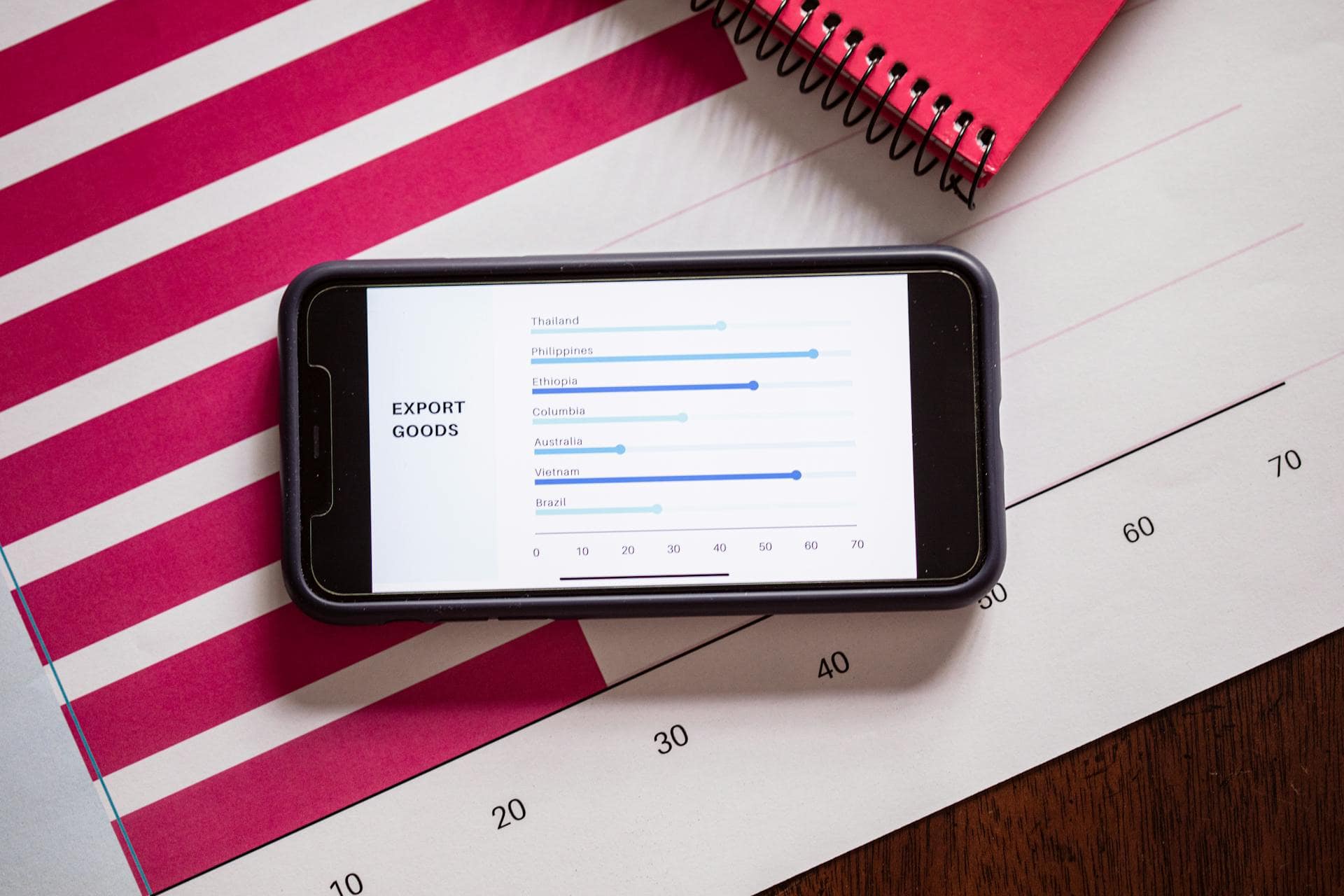Accurate product classification is a cornerstone of trade compliance. A simple string of digits may seem insignificant but determining the correct classification code can make or break not just a single transaction but your entire export operation.
As an exporter, it is crucial to understand what is at stake when classifying products. Without dwelling excessively on the negative, we’ll provide an overview of the seriousness of proper classification and how to avoid costly mistakes and common pitfalls. Understanding the role of product classification in your compliance program will help put your organization on the path to long-term success in your industry.
Note: Before proceeding, it helps to have context for the types of product classifications and their relevance to your organization. We recommend reading our article Product Classification for Export: Explained.
Why Accurate Product Classification is Critical
It is difficult to overstate the importance of accurate product classification in trade compliance, especially when exporting dual-use items (items with both civilian and military applications) and defense articles. Why? Because you cannot determine the licensing requirements of your intended transaction without proper classification.
Organizations must determine whether the items they intend to export are subject to control and, if so, which regulatory bodies they must answer to. Regulations vary by country, and a single transaction may be subject to multiple regulatory bodies. Necessary authorizations also depend on the parties to the transaction, the final destination, the end-use, and the end-user.
In the US, for example, some products are subject to Export Administration Regulations (EAR) issued by the Department of Commerce (BIS), while others fall under International Traffic in Arms Regulations (ITAR) issued by the Department of State (DDTC). Both regulatory bodies maintain classification lists, known as the Commerce Control List (CCL) and the United States Munitions List (USML), respectively.
Only after a product has been accurately classified can the relevant authorizations be determined and applied for, such as export licenses and permits.
What, then, are the consequences associated with product classification mistakes?
Consequences of Inaccurate Product Classification
The financial, legal, and reputational repercussions of inaccurate product classification, especially when dealing with EAR or ITAR-controlled products, are quite severe.
Risks of inaccurate product classification include:
- Heavy fines – A single EAR violation can cost up to $1 million in fines.
- Reputational damage – Prospective business partners may be less keen to deal with a company with known export violations.
- Revocation of trade privileges – “A denial of export privileges prohibits a person from participating in any transaction subject to the EAR. Furthermore, it is unlawful for other businesses and individuals to participate in any way in an export transaction subject to the EAR with a denied person,” warns BIS.
- Criminal prosecution – “Under the Export Control Reform Act of 2018 (50 U.S.C. §§ 4801-4852) (ECRA), criminal penalties can include up to 20 years of imprisonment,” adds BIS.
What are the mistakes that lead to incorrect product classifications?
Common Mistakes When Classifying Products
Exporters are vulnerable to several product classification mishaps. Here are just a handful of mistakes commonly made when classifying products:
- Inadequate internal compliance program – Fledgling startups and globalized enterprises alike need a finely-tuned compliance program outlining clear roles, responsibilities, and standard operating procedures. Organizations must dedicate resources toward compliance processes, integrate export compliance software into their operations, and continually audit and fine-tune internal processes.
- Poor understanding of what constitutes an export – The common conception of an export involves the idea of putting a product in a shipping container and sending it to a buyer in another country. However, exports can also come in the form of data or technology shared with foreign nationals living within the country. Depending on the nature of the information, these transactions may be classified as an export requiring particular authorizations.
- Failure to use automation tools – Not leveraging export compliance software to automate and validate product classifications can lead to inconsistencies and inaccuracies.
- Lack of awareness of the latest regulations – Regulations change over time, especially with frequent geopolitical shifts. Exporters must stay up to date with the most current regulations governing their transactions.
- Insufficient record-keeping practices– Organizations need a defensible audit trail detailing their process for each product classification and demonstrating due diligence.
- Failure to submit a voluntary self-disclosure – If an organization realizes it has made an error after completing a transaction, it can voluntarily disclose the mistake to the relevant authorities rather than waiting for the regulatory body to discover the mishap. In some cases, voluntary self-disclosure may soften the severity of the legal repercussions. However, the consequences may be more severe if an organization discovers an error and does not disclose it.
Establishing clear protocols outlining how to properly classify products is critical for exporters.
Can You Plead Ignorance on a Classification Error?
Regulatory bodies hold exporters responsible for knowing, understanding, and following all laws governing their transactions. An exporter facing prosecution may have been genuinely unaware of the factors contributing to their error, but this is unlikely to protect them from the consequences of the legal breach.
Organizations need to take steps to prioritize accuracy and consistency when classifying products.
Steps to Accurate Product Classification for Trade Compliance
Take these basic steps to classify your product:
- Ask the manufacturer – Check with the product’s originator to see if they have any guidance on product classification.
- Check classification lists – Consult the CCL, USML, and other relevant regulatory lists.
- Use automated product classification software – Using export compliance software to automate product classification can reduce human error and adapt to frequent regulatory changes.
- Consult experts – Seek advice from legal experts or export specialists.
What to do if it’s Unclear How to Classify a Product
If you are still unsure how to classify your product after conducting your own research, regulatory bodies often have a provision for requesting an official ruling on the classification.
For example, BIS uses an online system called SNAP-R to allow traders to make commodity classification requests to help determine the proper Export Control Classification Number (ECCN) for items subject to EAR.
“If your item is subject to the EAR but is not described in any ECCN after reviewing the CCL, it may be designated as EAR99. EAR99 items do not require a license in most situations. However, you may be required to obtain a license if you plan to export an EAR99 item to an embargoed country, to an end-user of concern, or in support of a prohibited end-use, et al.,” explains BIS.
Additionally, BIS invites companies to publicly share information on product-related commodity classifications to make it easier for exporters to determine the proper classification.
However, robust automated export compliance software solutions provide simpler alternatives to government resources by providing easy to access and updated regulatory guidance from multiple jurisdictions in one place. These tools make it straightforward for exporters to take control of the product classification process, enabling proper determination of regulatory requirements and facilitating efficient operations while reducing errors.
Ensure Accurate Product Classification with Descartes’ Trade Compliance Solutions
Preventing product classification mistakes requires access to updated regulatory information, using reliable export compliance tools, and maintaining strong internal compliance processes. OCR + Descartes offers organizations an easy-to-use yet powerful tool for managing product classification and other trade compliance obligations.
Our export process compliance software includes a product classification module that equips you with the resources needed for accurate product classifications. Transform your export compliance program with user-configured automation and a fully auditable process.
Reach out to learn more about our scalable compliance solutions.



